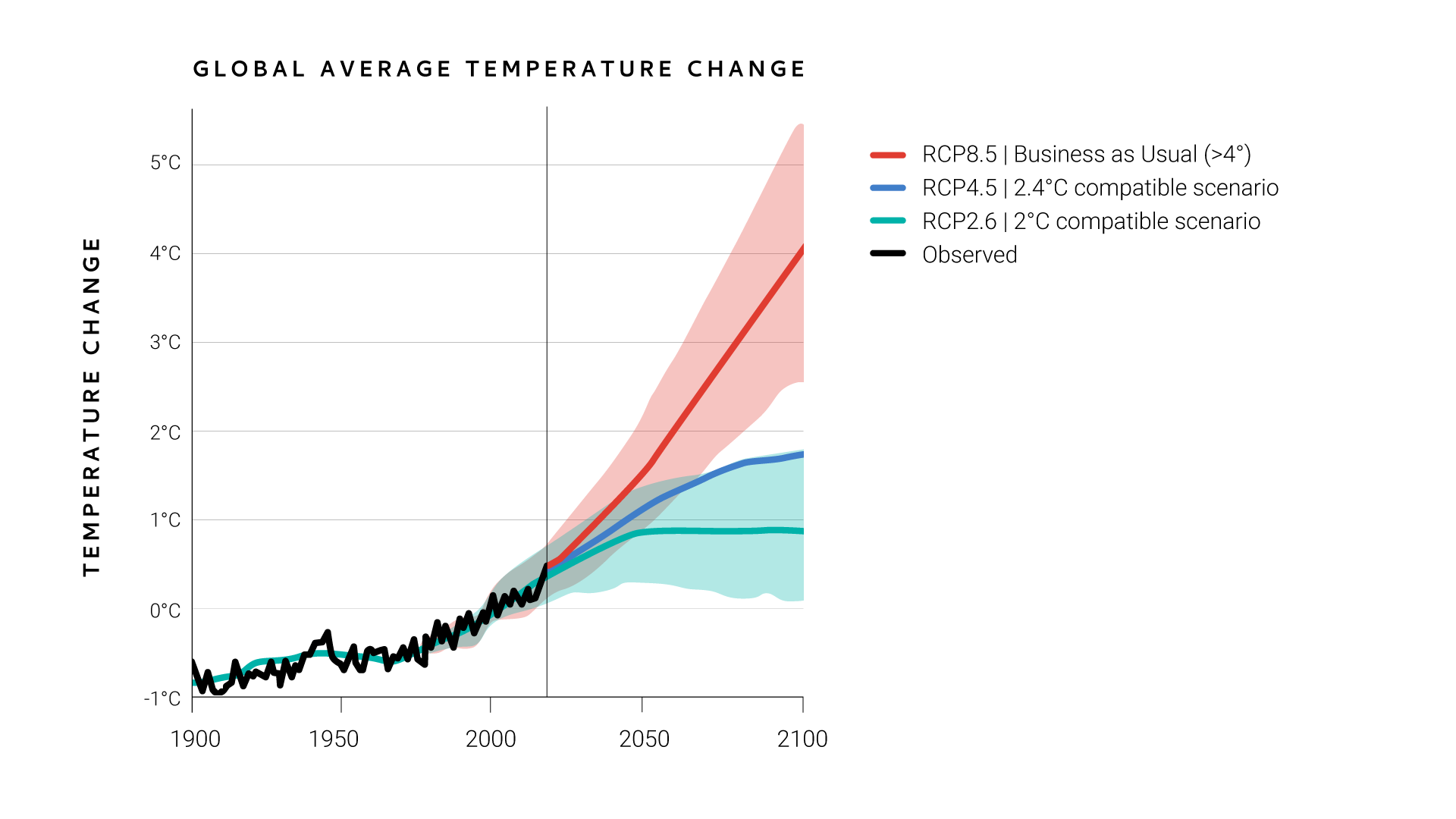Scenario Analysis
- "potential cost increases due to governments raising carbon taxes to further reduce Greenhouse Gas emissions"
- "the impact on leaf tobacco growing due to changes in environmental conditions".
Country-based Climate Scenario Analysis
To further understand climate-related issues and potential risks at a more granular level, we have carried out a program of country-level climate scenario analysis in our tobacco business.
In the initial phase, from 2020 to 2022, we completed climate scenario analyses for eleven countries . We prioritized countries where we have a combination of leaf sourcing, manufacturing and markets. We used consistent risk modelling and global warming scenarios across all three years.
We assessed potential exposure and vulnerability to climate-related issues for leaf sourcing, processing, manufacturing and markets, using the following indicators: river flooding, sea level rise, heat stress, rainfall variability, water stress, drought, hurricanes, extreme rainfall and frost. We assessed potential exposure using climate modelling based on scientific research and literature, and assessed vulnerability through interviews with local employees. For our analysis we used three warming projections called Representative Concentration Pathways: RCP2.6, RCP4.5 and RCP8.5.

Source: After Knutti R., Sedlacek J. 2013. Robustness and uncertainties in the new CMIP5 climate model projections. Nature Climate Change 3: 369–373